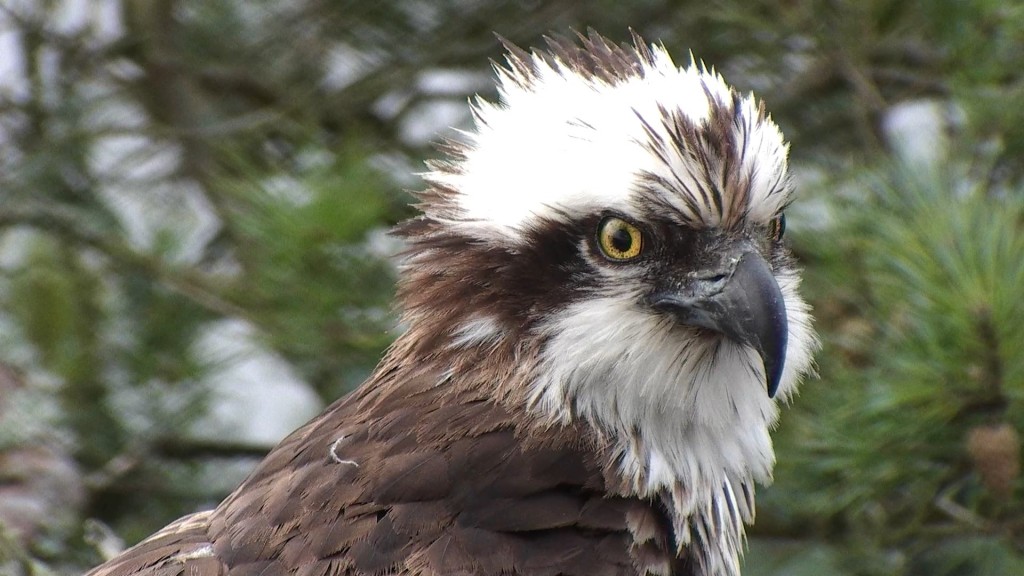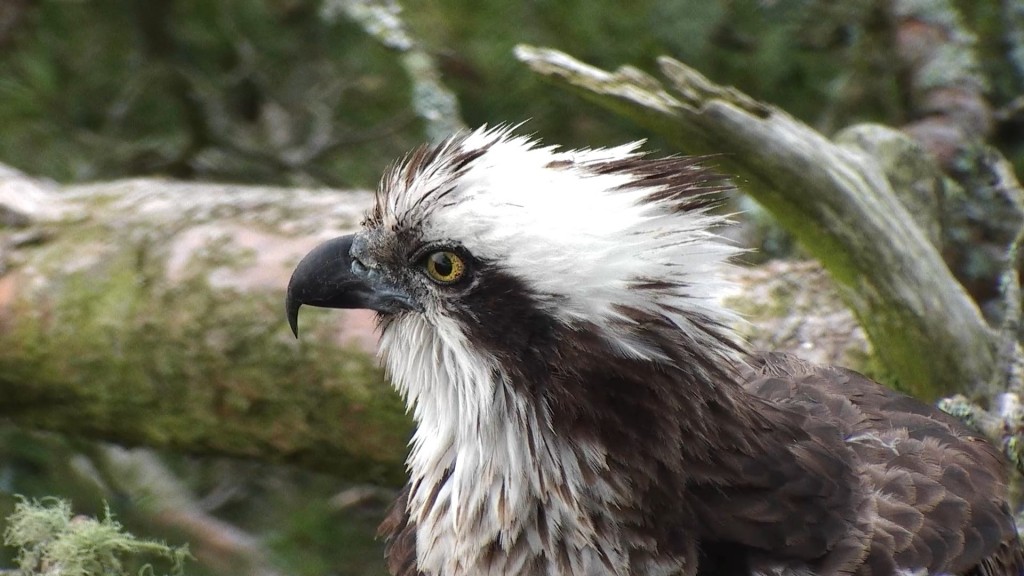Osprey Diary 31st March
What a day it’s been- all the excitement of our female ospreys arrival, the whirlwind of media interest, and the flood of lovely phone calls and emails from people who are sharing our joy at the great news. All the staff and volunteers have been walking around with the happiest smiles you can imagine- no one is more delighted than us to see her home.
After this mornings fireworks when she chased off her rival ( who hasn’t been seen since) she has spent the vast majority of time on the nest , often with the male, and there have been almost too many matings to count- there is certainly no fear of their bond having weakened!
Lots of great questions coming in to ospreys@swt.org.uk too , thanks folks- don’t forget the Frequently Asked Questions tab at the top of this page too for osprey basics.
Q: What will happen if our male has impregnated the young rival female bird?
A: If the other female osprey has conceived she will be in a hurry to find another nest and mate, who may end up rearing chicks who are not genetically his! This is not uncommon however, though it has been recorded that sometimes the male will destroy eggs he knows are not ‘his’ and stimulate the female to lay again with his own.
Q: I feel sorry for poor rival female though – I assume she cannot rear her chicks alone if male has abandoned her?
A: You are right, a lone osprey cannot incubate eggs or rear chicks alone successfully- it is a two bird job caring for eggs, and fishing to provide for a family.
Q: Can the male successfully mate and fledge potential chicks of both females?
A: Whilst he can mate with both females (as our male has done this year) he cannot provide successfully for them both- he would have to choose which mate and nest to commit to.
Q: Will the other nest be abandoned, or will another osprey ‘claim’ it?
A: If an osprey nest goes unused, it may be taken up by another bird such as a buzzard, red kite or even geese! However, it is very unusual in the UK context for ospreys to next very close together, so we think it is unlikely our birds would tolerate another osprey pair so close by. It looks like it’s the ‘new’ nest (on flat top tree) is the one which will be abandoned this year. It may be taken up again in future by ospreys, particularly if a new female takes over the territory.
Q: Can you show us how you are able to identify Lady from her markings,
How far back do you have pictures that you can use and what makes her different?
A: A great question. We have detailed records both photographs and drawings, going right back to the early 1990’s of this birds plumage markings etc. It was only about 10 years ago we got HD cameras and the ability to zoom in to the level of detail to allow us to use iris recognition as a form of ID. Her distinguishing features, (apart from her behaviour!) are: A ‘concord’ shape of dark feathers on the back of her head; a very dark chest band with a distinctive ‘upper circle’ of dots; a mark in her right iris in the shape of a lightning bolt on the lower edge, and in her left eye, a series of clear dots on the lower right. Here are some photo’s of these taken this morning :

Ranger Emma
Help protect Scotland’s wildlife
Our work to save Scotland’s wildlife is made possible thanks to the generosity of our members and supporters.
Join today from just £3 a month to help protect the species you love.
Preface
What a day it’s been- all the excitement of our female ospreys arrival, the whirlwind of media interest, and the flood of lovely phone calls and emails from people who are …
